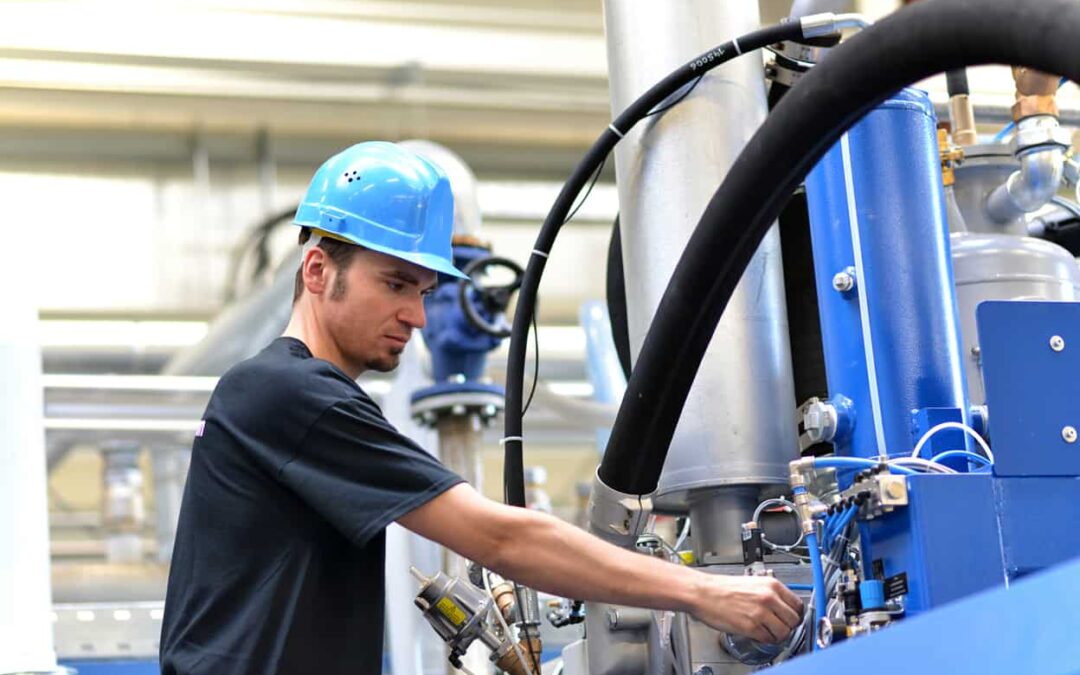When admiring our heavy hydraulic equipment, we usually pay the most attention to the motors, pistons, and cylinders that convert hydraulic pressure into torque. But of equal importance are all of the “parts” that go along with our hydraulics systemsw—without which nothing would work. For example, all hydraulics systems are dependent on hoses to transport fluid between the various components.
What we may not think about is that the entire premise behind hydraulic systems is putting liquids under enormously high amounts of pressure. Systems are only as strong as their weakest link—hence our hoses, connectors, and adapters all need to be enormously strong in order to resist the pressurized liquids flowing within them from one part of the apparatus to another. Something as simple as an incorrect fitting can decrease the ability of a system to operate and in some cases even present a major safety hazard.
Hoses and fitting are generally manufactured out of a variety of substances, usually with very high tolerances for PSI. The more powerful the hydraulics system, the stronger the components need to be, with fittings made from anything from high-strength plastics, to brass or aluminum, or even stainless steel and stronger metals in certain cases.
The most common method of attaching hoses and components to one another involves crimping fittings onto hoses and adapters with very high pressure ratings. Under certain circumstances, like when a system needs to be field-repairable, other methods will be used, but crimped fittings provide the safest and most efficient way of attaching pressurized components to each other.
Texas Hydrostatics has decades of experience with hydraulic systems, and are expert in the materials science behind these lesser-known components in your hydraulics systems. If you have questions about your systems or need pros to assist with selecting, repairing, and installing the right components for the job, contact Texas Hydrostatics today and get the job done right.

